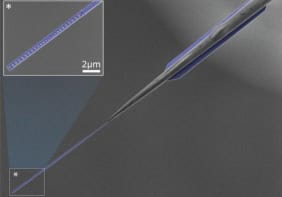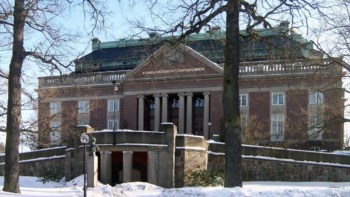Physicists in Japan have made a thyristor -- a device that can convert a direct current into an alternating current -- from a single crystal of organic material. In addition to practical applications, the device could be used to explore fundamental aspects of condensed matter systems (Nature 437 522).
Thyristors are devices that can switch between two different conductance states and they are widely employed to control electric currents in applications such as motors and refrigerators. A conventional thyristor consists of a series of diodes. Ichiro Terasaki of Waseda University and colleagues have now discovered an organic material that exhibits similar behaviour in its bulk state.
The Japanese team made its device from an organic conducting salt known as θ-(BEDT-TTF)2CsCo(SCN)4, which consists of alternate layers of BEDT-TTF, which is a conductor, and CsCo(SCN)4, which is an insulator. At low temperatures, the conduction electrons in the crystals exhibit a high resistance as a result of “charge ordering”.
When a current is applied to the crystal, the charge order immediately “melts”, causing the resistance to decrease rapidly as the current increases. This means that that the crystal has essentially the same characteristics as a conventional thyristor, although the mechanism is different. The Japanese team showed that the device can convert a small applied direct current into an alternating current with a frequency of 40 Hz.
“The charge-ordered state is a kind of ‘ice’ of conduction electrons and thus we may say that current melts the ice,” explains Terasaki. “On a cold day, water on a pond is frozen but water in a river still flows – our finding is a similar phenomenon in solids.”
The team plans to use the material to explore non-equilibrium phenomena in general. The experiments were all carried out at low temperatures, so Terasaki and co-workers hope to find organic materials that exhibit thyristor-like behaviour at room temperature. They also plan to search for inorganic single crystals with similar properties.



